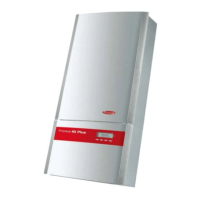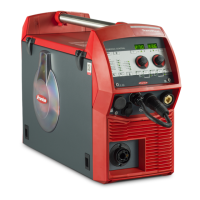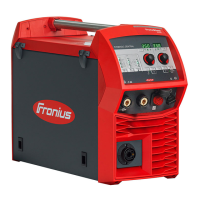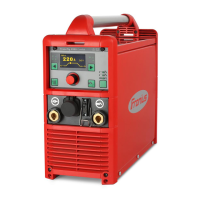13
EMC measures In certain cases, even though a device complies with the standard limit values
for emissions, it may affect the application area for which it was designed (e.g. when
there is sensitive equipment at the same location, or if the site where the device is
installed is close to either radio or television receivers).
If this is the case, then the operator is obliged to take appropriate action to rectify the
situation.
Examine and evaluate any possible electromagnetic problems that may occur on
equipment in the vicinity, and the degree of immunity of this equipment, in accordance
with national and international regulations:
- Safety features
- Mains, signal and data-transmission leads
- IT and telecoms equipment
- Measurement and calibration devices
Ancillary measures for preventing EMC problems:
1. Mains supply
- If electromagnetic interference still occurs, despite the fact that the mains con
nection is in accordance with the regulations, take additional measures
(e.g. use a suitable mains lter).
2. Welding cables
- Keep these as short as possible
- Arrange them so that they run close together (to prevent EMI problems as well)
- Lay them well away from other leads
3. Equipotential bonding
4. Workpiece grounding (earthing)
- where necessary, run the connection to ground (earth) via suitable capacitors.
5. Shielding, where necessary
- Shield other equipment in the vicinity
- Shield the entire welding installation.
EMI Precautions Electromagnetic elds may cause as yet unknown damage to health.:
- Effects on the health of persons in the vicinity, e.g. users of heart pace- makers and
hearing aids
- Users of heart pacemakers must take medical advice before going anywhere near
welding equipment or welding workplaces
- Keep as much space as possible between welding cables and head/body of welder
for safety reasons
- Do not carrywelding cables and hose pack over shoulder and do not loop around
body or or any part of body

